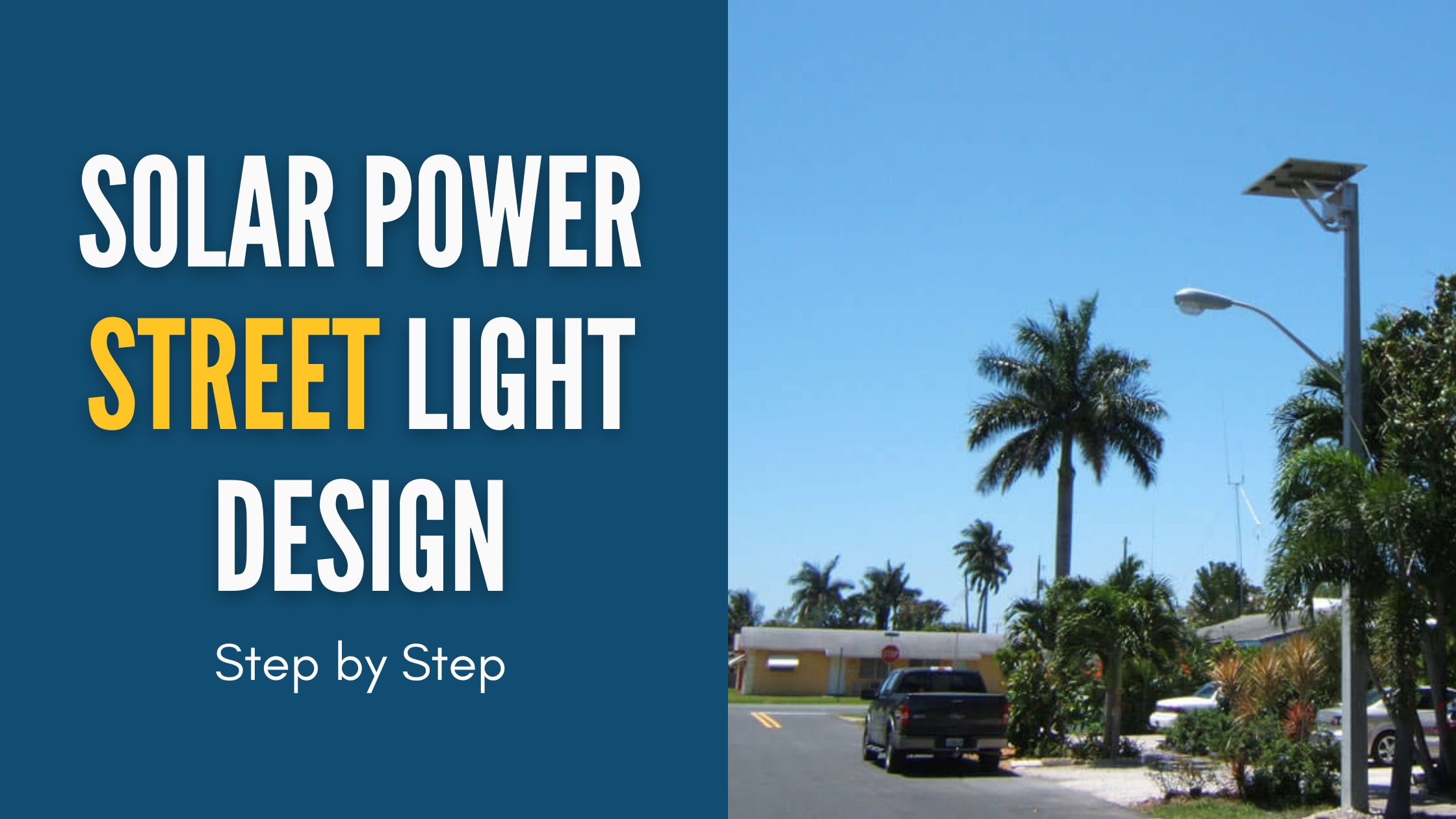


Designing a street light solution can be a complicated process. There are many things to consider, such as traffic flow, area size, pedestrian walkways and crosswalks, landscaping, and so much more. In addition, designing a street light solution that is solar powered can be just as difficult as there isn't just the above to deal with, but also calculating the solar power systems to provide adequate power to illuminate the street properly.
Let's look at how a solar powered street light project is designed and see the various steps involved in making sure the systems not only function properly but illuminate the area without cutting corners or leaving areas in the dark.
The first thing to determine is if a street requires street lights. The need for light can be because of accidents in the area along a roadway. It can also be because of a redevelopment project. A rural intersection may need street lighting because it is difficult to navigate at night. There are many reasons to illuminate a section of a street.
Defining the need is always the first step in designing a solar street light solution. If the demand is because of accidents in the area, it could just need one or two lights to show an obstacle to people traveling through the area. If it is because of a redevelopment project, maybe adding some street lights improves the ability to use the area after dark, such as a downtown area full of shops, restaurants, and public areas. Maybe it is a remote intersection that is just too difficult to navigate, and there have been complaints. Each type of installation has a different need for illumination, and the defining step will allow the requirements to be easily specified.
Step 2 looks at the availability of standard electricity. Does the grid exist at this installation location? If so, installing electric lights would be the most cost-effective solution if the power prices are reasonable.
If standard electricity is unavailable, what is the cost for the power company to bring in the electric lines? Bringing in power can be a considerable cost, including the need for other transmission lines, construction work, excavating, downtimes, and so much more. All of these factors should be taken into consideration when looking at installing a street lighting solution.
If there is a considerable cost to bringing out the power lines, or the city is looking for a way to save money and have a greener image, going solar can be a great alternative to the traditional grid power. Solar can reduce costs by reducing a project's downtime and construction costs. In addition, solar has a much lower cost per pole for installation when electric lines are unavailable. And solar can meet the lighting requirements put forth by most lighting designers.
The next step is determining how much light is required in an area. This step is performed by looking at many different aspects of street lighting and answering a few simple questions:
These and many other questions may come up during this step of the process; however, it is a good idea to leave no stone unturned and no question unanswered. Even some of the most simple questions can completely change how a project is designed.
Solar-powered street lights are an option to traditional electric lights and are typically used when the grid power isn't easily or cost-effectively brought to a site. A solar street light doesn't need the electric grid as they produce its power at the pole, storing it in a battery assembly and using the stored power at night to operate the light fixture.
The complete system works independently from the grid and requires no additional energy from non-renewable sources. This means that not only will a solar light cost less than a traditional light during the beginning phases of a project, but no electricity will be used, and therefore, there are no electric bills to pay over the system's life. Best of all, the life of a commercial solar street light system is 25+ years with good maintenance.
The final step in designing a solar street lighting solution is to contact various companies for lighting plans, specifications, and quotes. The lighting plans provided by the engineers will show where the lights will need to be installed, what direction the light fixture should face, the light distribution pattern, color of the light, mounting height, and so much more.
Each company has pros and cons, but looking through the specifications provided will help you determine which light will suit your needs best—looking through other information, such as warranty, years of service, customer service, and support. We get many calls from customers who have been left in the dark by their solar lighting companies going out of business or no longer supporting their old systems. These are all system elements that should also be considered before selecting the solar lighting system you will use on a project.
The lowest quote is not always the best, so do your research on companies and products before you submit a purchase order. If you take your time, do your research, and gather needed requirements, your next street lighting project will be a success, especially when going solar. Never be afraid to ask a lot of questions; they may save you time and money in the long run.
